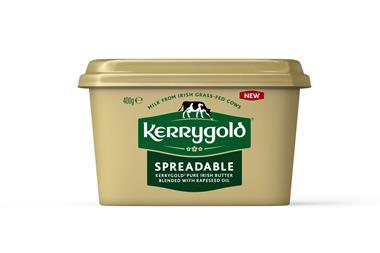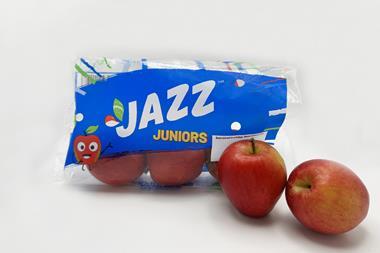Corporate activity and M&A deals in the food sector, particularly in the mid-size range, are at appetising levels. This may look at odds with the difficult economic environment, but there are record levels of cash on strategic buyers’ balance sheets and strong interest from private equity groups, with many viewing food as a relatively recession-proof investment.
The recent thawing of interest in a takeover of Iglo, Birds Eye’s owner, may be indicative of current, largely debt-related difficulties in selling very large food businesses, with buyout firm PAI Partners pulling out of the race at the end of last month.
However, deal flow in the mid-market is strong. Last year, the overall number of deals was up by around 13%, fuelled by smaller deals, and the fast pace has continued this year. So if you have a small or medium-sized food business and are looking to sell it, how do you ensure you get the best price?
The starting point is a compelling brand and good positioning. We recently advised on the sale of Donald Russell, which has built up a leading brand as a high-quality meat supplier, and is now the UK’s leading mail order butcher. That brand helped it command a premium multiple.
As shown by the £1bn sale of Weetabix a few weeks ago, cherished ‘heritage’ brands have enduring appeal for UK consumers. However, great care needs to be taken to ensure they remain relevant - compare the appeal of Hotel Chocolat with that of Thorntons. Strong brands, such as Hartley’s and Paxo, which Premier Foods has said could be for sale, should also benefit.
A strong brand or niche positioning on its own isn’t enough though. The brand will need to yield above-average gross margins to set buyers salivating. Similarly, expanding turnover can boost value, but it should always be matched by profits - and care needs to be taken with the timing of any required investment in equipment, or other expenditure.
Developing the business internationally can add even more value. Proving that your products have true global appeal will boost multiples. When we managed the sale of chocolate pudding maker Gü, we encouraged the company to prove its export potential, beginning with France. This helped us persuade potential buyers that the brand had a truly international appeal.
The type of buyer you are looking to sell to is also key. A financial buyer typically looks for growth opportunities, while a trade buyer searches for a strategic fit. A private equity investor will often like to see a strong management team, as it will not want hands-on ownership of operations, so if you are looking to exit completely make sure you leave the business with some good senior managers in place.
Understanding precisely how your business matches the buyer’s requirements, perhaps by disposing of some aspects of your operation to get a better fit, will help you achieve optimum value.
Given the uncertain economic backdrop, timing has never been more crucial, which is why we urge companies to be exit ready before any sale so they can capitalise on the moment.
Sign in to comment on this article
Not logged in before? Register for FREE guest access today.
You will be able to:
- Read more stories
- Receive daily newsletters
- Comment on stories
Advert



















1 Readers' comment